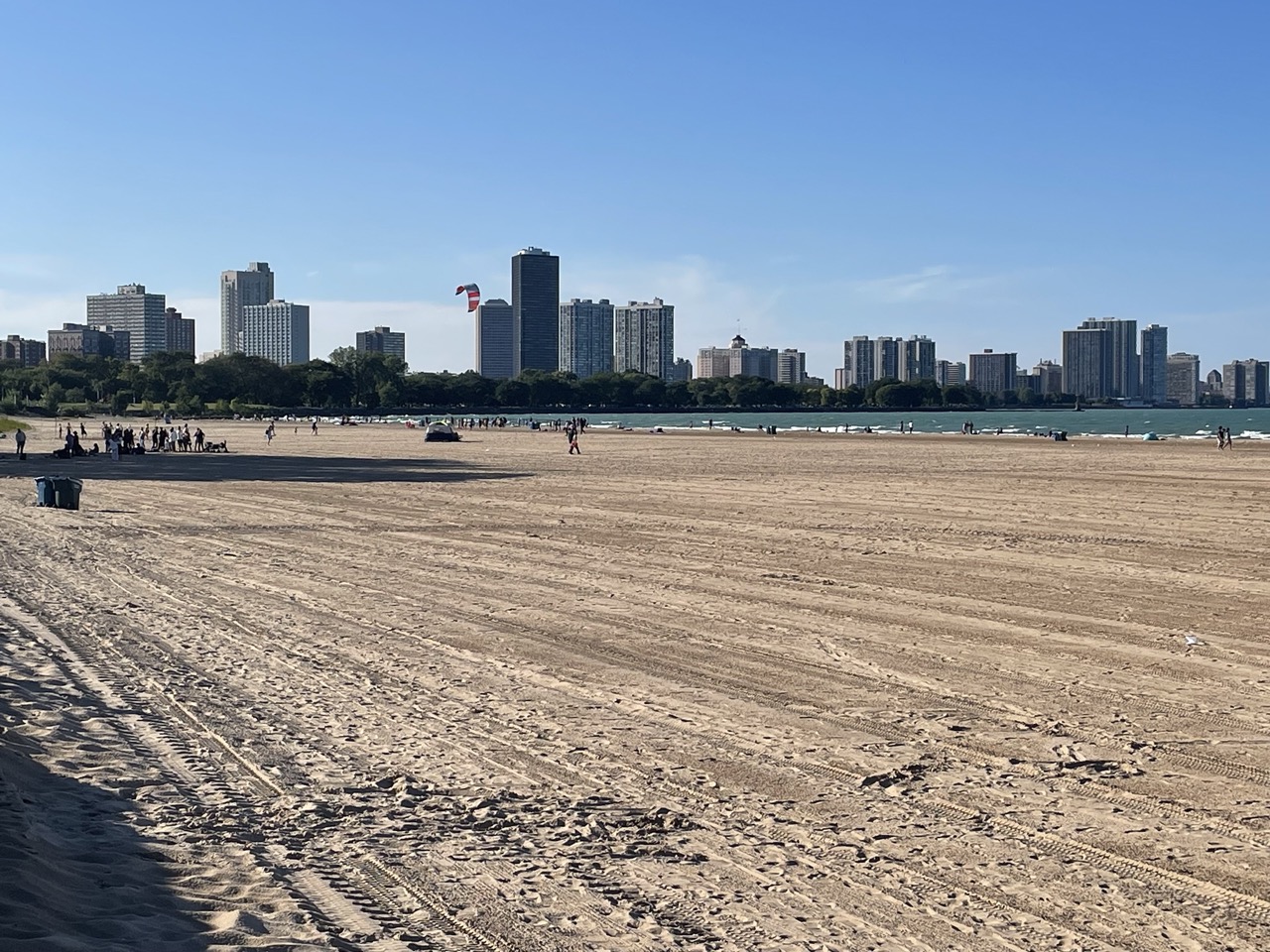When displaying CAD models on the web, it’s important to choose a format that balances file size, rendering performance, accuracy, and browser compatibility. The following are the best formats commonly used for web display of CAD models:
- glTF (GL Transmission Format)
- Overview: glTF is a modern file format optimized for web-based 3D model viewing. It’s lightweight and designed for efficient loading and rendering in web environments.
- Pros:
- Lightweight and efficient for web use (minimized file size and faster load times).
- Supports materials, textures, animations, and PBR (physically based rendering).
- Widely supported by popular 3D web frameworks (e.g., Three.js, Babylon.js).
- Open standard with a binary version (.glb) for more compact file sizes.
- Cons:
- Might not support high precision required for complex engineering models.
- Not as feature-rich for CAD-specific needs (such as NURBS or advanced geometric details).
- Best Use Case: Ideal for real-time rendering of 3D models on websites, especially for e-commerce, simple CAD model visualization, and VR/AR experiences.
- OBJ (Wavefront Object)
- Overview: OBJ is a widely-used, simple format for representing 3D geometry. It’s supported by almost every 3D software and web viewer.
- Pros:
- Simple and universally supported.
- Supports geometry, materials, and textures.
- Compatible with most 3D viewers and web frameworks.
- Cons:
- Larger file sizes compared to glTF.
- Does not support animations.
- Lacks support for more advanced shading and materials.
- Best Use Cases: Suitable for static 3D models where simplicity and wide compatibility are important.
- STL (Stereolithography)
- Overview: STL is a format commonly used for 3D printing, but it can also be used for basic 3D model visualization on the web.
- Pros:
- Lightweight and simple, widely supported by online 3D viewers.
- Good for sharing simple geometry (e.g. mechanical parts).
- Cons:
- Only supports geometry (no textures or materials).
- Can result in large file sizes for complex models.
- Best Use Cases: Useful for basic geometric visualizations and 3D printing previews but lacks aesthetic features.
- FBX (Autodesk Filmbox)
- Overview: FBX is a widely used format for 3D models that supports advanced features such as animations and textures. Originally developed by Autodesk, it is commonly used in gaming and file production.
- Pros:
- Rich feature set, including support for animations, textures, and lighting.
- Widely used in many industries, including CAD, gaming and animation.
- Cons:
- Heavier than formats like glTF, resulting in slower load times.
- Not as optimized for web performance as glTF.
- Best Use Cases: Better suited for complex models that require animations or detailed material definitions, though not as efficient for web use.
- 3MF (3D Manufacturing Format)
- Overview: 3MF is a newer format designed to be a more versatile successor to STL, mainly for 3D printing but with broader applications.
- Pros:
- More feature-rich than STL (supports materials, textures, colors, and units).
- Smaller file sizes compared to STL for equivalent geometry.
- Cons:
- Less supported by web 3D viewers compared to glTF or OBJ.
- Best Use Cases: Mainly for more complex geometry and metadata, particularly when working with 3D printing, but it’s not as widely adopted for web visualization.
- X3D (Extensible 3D)
- Overview: X3D is an XML-based 3D file format for representing 3D computer graphics, often used for web-based 3D viewing.
- Pros:
- XML-based, making it easy to manipulate and integrate into web applications.
- Supports animations, interactivity, and multiple other 3D features.
- Cons:
- Heavier and slower compared to binary formats like glTF or OBJ.
- Requires additional software libraries for smooth rendering on web browsers.
- Best Use Case: Suitable for applications where interactivity and extensibility are required.
- Conclusion: Best Format for Web Display
- glTF is generally the best format for web display of CAD models due to its balance of file size, efficiency, and support for textures, and animations. Its performance in real-time rendering, particularly when working with web technologies like WebGL, makes it ideal for 3D model visualization in modern web applications.
- OBJ is a good alternative for simple static models, especially if you need wide compatibility.
For real-time rendering, ease of use, and web optimization, glTF and its binary version GLB are the recommended choices.
[Content Source: chatGPT]

